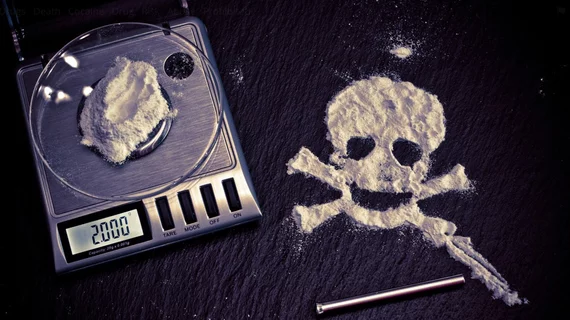Radiologists’ fundamental role in assessing body-packing drug smugglers with low-dose CT
Radiologists can play a “fundamental” role in identifying drugs smuggled in the body via low-dose CT imaging. But some situations may prove particularly challenging for less experienced physicians, experts wrote Tuesday in Clinical Imaging.
The most frequent method of such concealment is swallowing small quantities of drugs orally, often referred to as “body packing,” with computed tomography the most effective method of spotting them. French imaging researchers recommend a simple structured report in these instances, incorporating major information such as the number, contents, and exact location of packets.
“The radiologist must be aware of the imaging characteristics of ‘in corpore’ illicit drug transportation and have to know the situations that could change the treatment or follow-up for the patients,” Julien Puntonet, with the Department of Radiology at Hotel Dieu Hospital in Paris, France, and colleagues wrote May 18. “Finally, complications and associated diseases must be actively searched for every drug smuggler's abdominal low dose CT,” they added.
Puntonet et al. cited two rare complications, including acute drug toxicity if a packet ruptures, or gastrointestinal obstruction/perforation. The latter is often easily diagnosed, they noted, and requires surgery. CT has a sensitivity approaching 100% for drugs detected in body packers, but false negatives have been reported in some cases. Other types of illicit transportation can be seen, they noted, such as diamonds or money bills. Or alimentary content such as bones may appear hyperattenuating in the bowel lumen, and should not be confused with packets, the authors advised.
“The radiologist has a social and medico-legal role in the management of drug smuggler. His role is not restricted to the detection of packets but should also include the identification of potential complications, and especially when the body packer is a minor person or a pregnant woman,” Puntonet and colleagues wrote.
You can read much more of their advice and find sample images in Clinical Imaging here.

